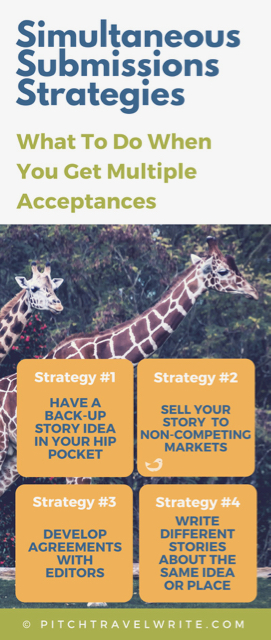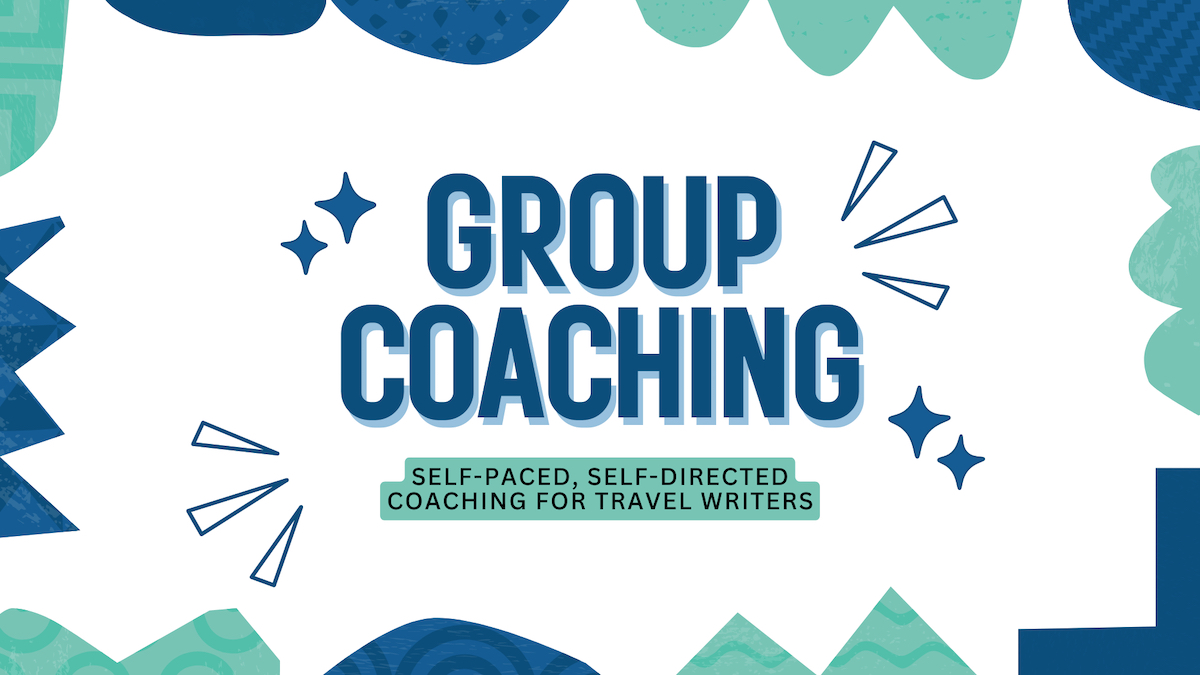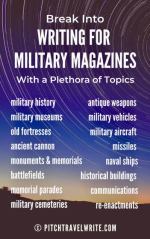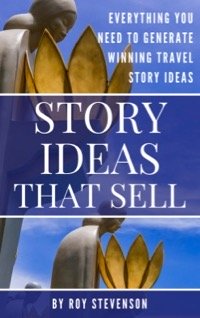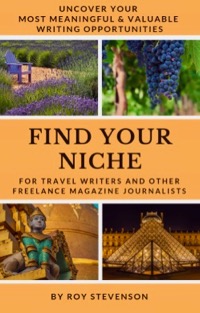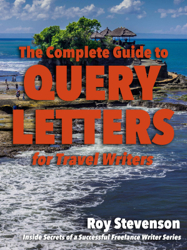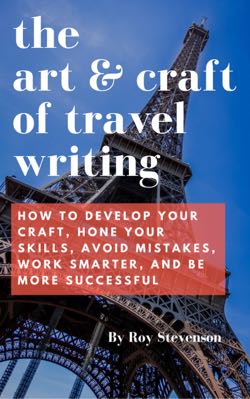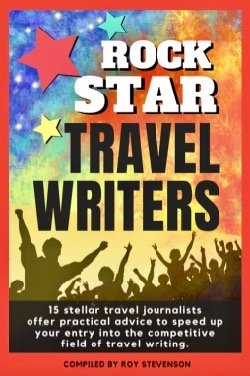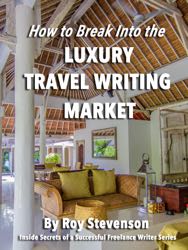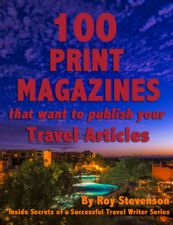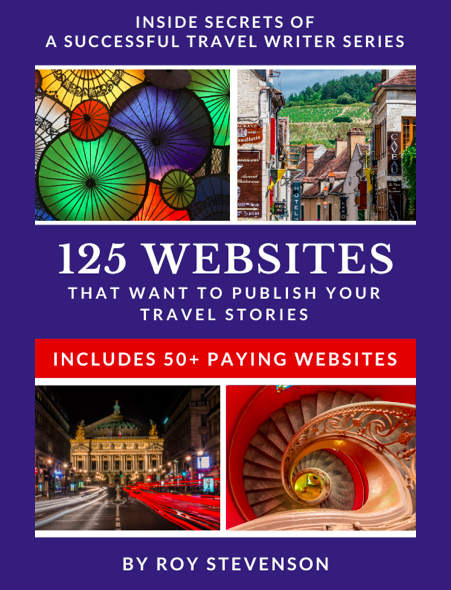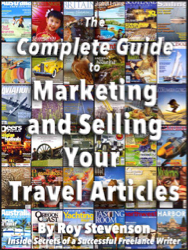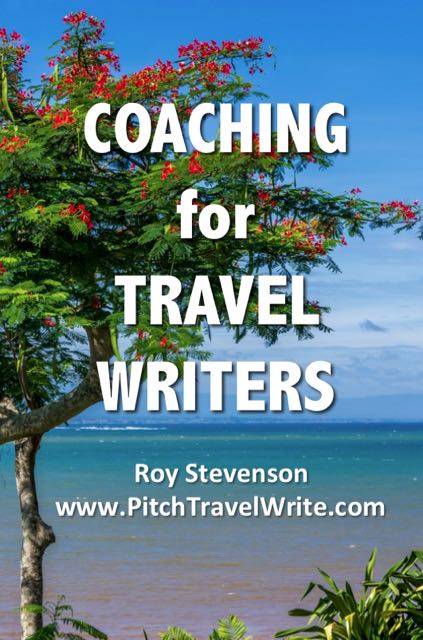- Home
- Getting Published
- Simultaneous Submissions Strategies
Simultaneous Submissions:
Strategies for Multiple Acceptances
By Roy Stevenson
Anyone who follows my rigorous marketing approach to freelance writing knows that I’m a strong advocate of simultaneous submissions.
What Is A Simultaneous Submission?
A simultaneous submission is when you send your query letter out simultaneously to every magazine on your distribution list (through separate emails, of course!)
Many freelance writers shun the practice of submitting their queries simultaneously. Some have even criticized me for using this practice. (It’s interesting to note that I’ve had far more articles published than they have.)
Their big concern is, “What do I do if more than one editor wants to buy my story?”
This article answers this burning question.
If you don’t have some strategies for dealing with simultaneous acceptances, you’ll panic when you get more than one editor interested in buying your story.
In this article I present you with four strategies to use when you do strike it rich. These strategies have worked for me when more than one editor clamors for my stories.
The scenario of multiple acceptances rarely happens. But when it does happen, you need to be ready for it.
Why Use Simultaneous Submissions?
- It cuts your waiting time down from weeks to merely days or hours. Using this technique, I once had an article accepted for publication within ten minutes of sending it out!
- It's a vital cornerstone of a successful freelance marketing platform because it improves your acceptance rate. I have a 90% acceptance rate for my articles. That’s right: 90%!
- In a separate article I discuss why simultaneous submissions are an important marketing strategy for freelance writers. If you haven’t already read it, you’ll want to take the time to read it before you continue with this article.
Simultaneous Submissions Strategies:
What To Do When You Get Multiple Acceptances
After fourteen years of experience as a full time freelance writer, I’ve had multiple acceptances perhaps a dozen times. And I can happily tell you that there has never been a problem when this has happened.
You can handle this situation quite comfortably without treading on toes and upsetting editors, if you have some strategies up your sleeve.
Here are four strategies that have worked very nicely for me — and for the editors involved. Below the infographic is an explanation of each strategy along with examples.
Strategy #1. Have a back-up story idea in your hip pocket.
In some cases you can turn around and sell the second editor another story – as long as you have a back-up story idea in mind.
Here’s an example:
I pitched a story about the Royal Signals Museum in England to several ham radio communications magazines. The first magazine editor to respond got the piece. But then a second magazine wanted the story. What did I do?
Since the editor was obviously in a buying mood, I pitched her a different story about the World War II code-breaking museum at Bletchley Park, just north of London, which she happily accepted. (Incidentally, it became a cover feature).
I continued to write for both magazines for several years. Clearly, there were no bridges burned here!
Strategy #2. Sell to non-competing markets.
As long as you don’t sell “All Rights” to an editor, you can sell the same story in non-competing or non-overlapping markets.
Here’s example:
Two editors wanted the same story, but the magazines were in different countries. I sold the story to them both. It was legal and ethical because their circulations did not overlap.
The only exception to this is if a magazine purchases “All Rights”. “All Rights” means the article becomes their property and they retain worldwide rights to re-publish the story.
Most editors purchase “First North American Rights” or “First U.K. Rights” so it’s not a problem. Read your contracts carefully!
Except in the “All Rights” situation, one of the big advantages of pitching your stories to different countries is that it can be published simultaneously, so you are rewarded twice for the same story at the same time.
Strategy #3. Develop agreements with editors.
In a different case when two editors were interested in the same story, I explained to the second editor that my work tends to sell rather quickly - another editor had already picked up the story.
But I didn’t want to lose the second editor. She had the potential to give me a lot of future business. So I made an offer. I suggested that I’d pitch her all of my future story ideas first, before I pitched any other editors. I wouldn’t query anyone else as long as she got back to me with a “yes” or “no” within a week. After that, I would send my queries out to the rest of my distribution list.
This strategy worked beautifully for me and for that editor. She went on to purchase fourteen articles from me and was tickled pink that she had first option on my stories.
In the rare event when she rejected a pitch, I simply turned around and pitched them to the rest of my distribution list. They always sold.
Strategy #4. Write two (or more) different stories about the same idea or place.
Most editors know that a good writer can get more than one story out of a single idea or a single destination. The key is to ‘personalize’ the story for each specific publication.
Come at the story from a different angle, use different examples within the story, and insert different facts and figures to match the different story angle. Change the story and you will be able to sell it as an original piece.
For example, a few years ago I visited the US Army Transportation Museum at Fort Eustis, VA. I noticed the museum had dozens of conventional transportation vehicles. But they also had a sizeable number of unconventional vehicles such as a flying jeep, a cybernetic walking machine and a vertical takeoff and landing craft.
When I got home I pitched similar story ideas to competing and non-competing magazines and had four story ideas accepted about this museum:
1. Aviation History Magazine published an article about the Vertical Take-off and Landing Aircraft.
2. Classic Military Vehicle Magazine published an article about the Cybernetic Walking Machine.
3. Military
Machines International published a round-up story about the museum
itself. (I also re-sold this article a year later to
Military Magazine.)
4. Smithsonian Air and Space purchased an article about the Flying Jeep.
You can get a lot of mileage out of a good story idea or a rich
environment. In the example above, it just became a matter of sitting
down and finding several specialty niche magazines in each different
mode of transportation.
Simultaneous Submissions Are A Good Thing
As you can see, simultaneous submissions do not have to be a problem. If you follow the rules laid out in my previous article about simultaneous submissions, and have some strategies for multiple acceptances, you’ll be fine.
Editors today are not naïve enough to believe that you are only pitching to them. Although many editors like to think that the articles they publish aren’t generic, in practice this isn’t always the case. Most of your articles could work in several different publications and different genres.
I also know of numerous magazine genres where similar magazines all compete for the same stories from the same stable of writers. Military history and military travel-related stories are a prime example. Luxury travel magazines and websites are another great example.
Simultaneous submissions are good for freelance writers. In fact, in today’s competitive travel writing arena, they are an absolute necessity to survive and to thrive. Simultaneous submissions level the playing field because they encourage editors to jump on a good story right away when it arrives in their inbox.
As an example, this article was originally published in a print magazine for freelance writers. The editor accepted my query within one day of receiving it, probably because I mentioned that it was a simultaneous query. Getting such a quick response is definitely a good thing!

Roy Stevenson is a professional travel writer and the author of www.PitchTravelWrite.com. Over the past ten years, he’s had more than 1000 articles published in 200 magazines, trade and specialty journals, in-flights, on-boards, blogs and websites and has traveled on assignment around the U.S. and to dozens of international destinations.
IF YOU ENJOYED THIS POST, GET UPDATES. IT'S FREE.
